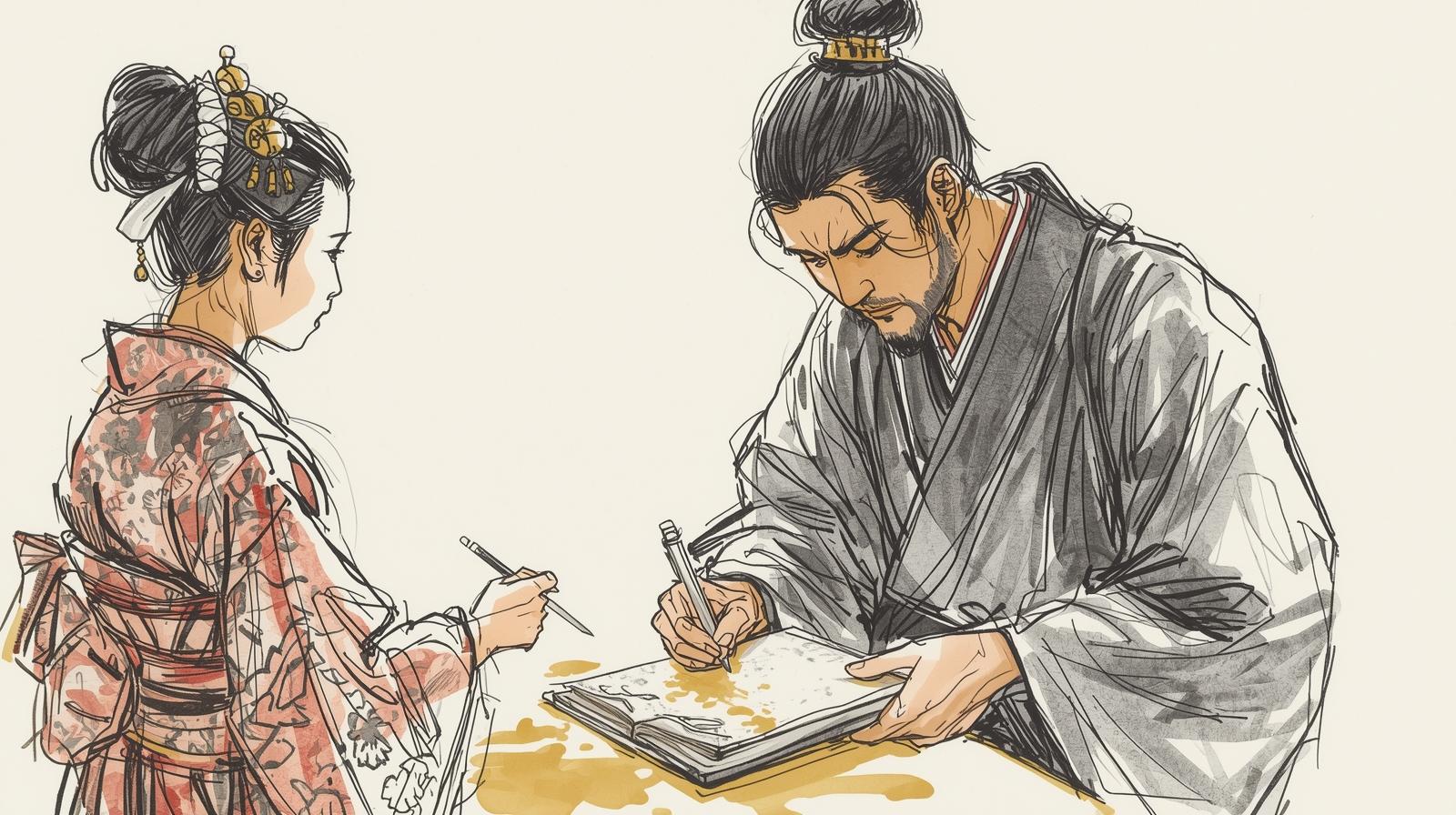Introduction
In Edo-period Japan, samurai had very limited cash income. Instead, they received rice stipends once or twice a year. To survive daily life, they often relied on kakebarai (credit on account). They bought goods from merchants without paying immediately, promising to settle when their rice income arrived. This was an early form of credit, based entirely on trust and reputation.
Today in the United States, people face a similar challenge in a different form: balancing income and debt. The key measure here is the Debt-to-Income Ratio (DTI).
Samurai and “Kakebarai” in Edo Japan
- Samurai families usually had no regular monthly salary.
- Merchants extended goods and services “on credit” until the annual stipend came in.
- A samurai’s honor and reliability were the “credit score” of that time. If one failed to pay, reputation and social standing collapsed.
This system shows that credit has always been about trust and balance.
Debt-to-Income Ratio in Modern America
In the U.S., banks and lenders use DTI to measure how much of your income goes toward debt payments.
- DTI = (Monthly Debt Payments ÷ Monthly Income) × 100%
- A high DTI means you may struggle to take on new loans.
- Most lenders prefer DTI under 36%, with no more than 28% going to housing.
Just like the samurai had to keep their “debt promises” realistic, today’s borrowers must keep debt within their means.
Lessons Across Time
- Honor = Credit Score
Samurai reputation determined trust. Today, your credit score and DTI play that role. - Balance is Key
Living beyond one’s rice stipend ruined samurai families. Today, overspending leads to financial stress. - Plan Ahead
Edo samurai knew exactly when their income (rice) would arrive. Modern families should also plan repayment schedules carefully.
How to Apply This Today
- Keep your DTI low by limiting unnecessary loans.
- Use tools like budget apps or automatic savings to track your balance.
- Remember: true financial strength comes from discipline and planning, not just income size.
Conclusion
From Edo-period samurai to modern America, the message is the same:
Debt must always match income.
Whether it is rice stipends or monthly salaries, the balance between what you owe and what you earn defines your stability.
By understanding your Debt-to-Income Ratio—today’s “kakebarai”—you can build financial honor, security, and long-term independence.



Comments